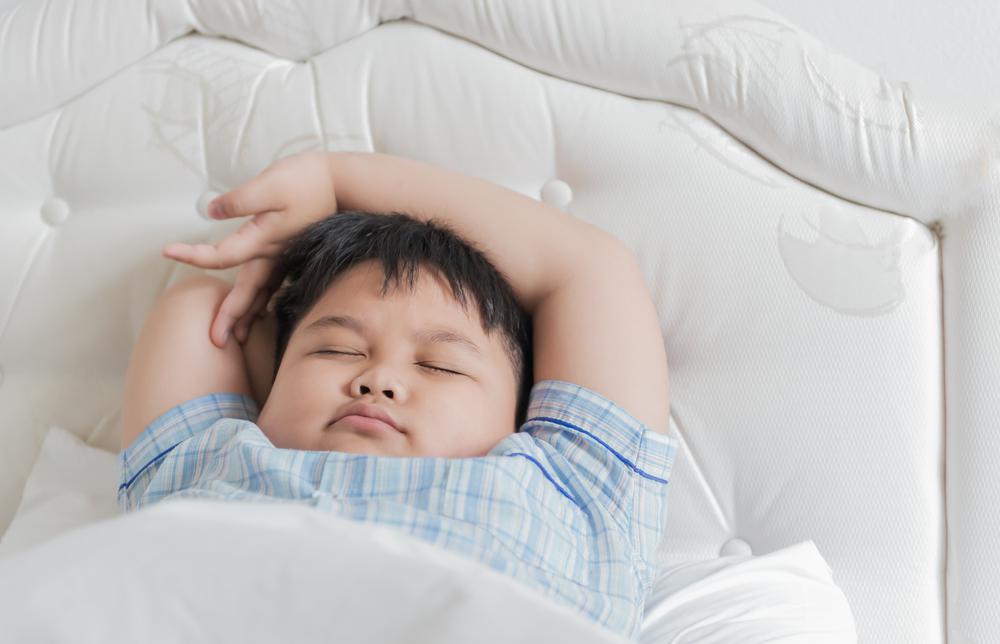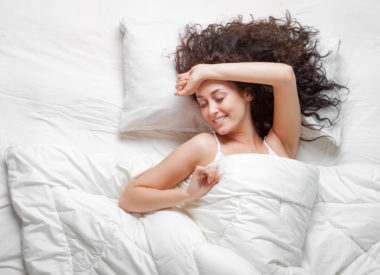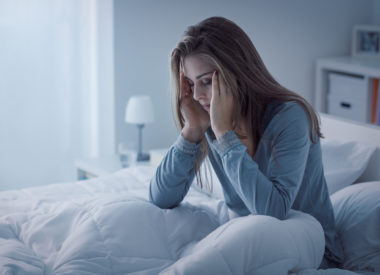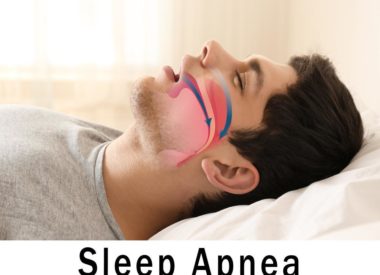How to treat sleep apnea in children
Children, as we recently discussed, are just as likely to suffer from sleep apnea as adults.
Their experiences and symptoms often resemble those of adults, but for some children, sleep-disordered breathing is directly related to their development.
Fortunately, sleep apnea is treatable in children.
While their treatment options vary somewhat from those indicated for adults, they still have several options and a good shot at overcoming their breathing problems.
Treatments for sleep apnea in children
There are five approaches to consider when deciding on the right sleep apnea therapy for a pediatric patient.
Adenotonsillectomy
The most common cause of sleep apnea in children is oversized or enlarged tonsils (also, enlarged adenoids).
These can quickly take up space in the upper airway and create problematic respiratory resistance.Surgery to remove the tissues relieves sleep apnea in 9 out of 10 cases.
It is not uncommon for both the adenoids and the tonsils to be removed; however, research published recently in the Journal of Clinical Sleep Medicine suggests that a less intrusive operation which removes only the adenoids may be sufficient for some children. The benefit to a simpler operation? Lower risks for the child and a quicker recovery.
Positive airway pressure (PAP) therapy
After surgery to remove adenoids and/or tonsils, PAP therapy is the next most commonly prescribed therapy for sleep apnea. It is considered the first line of treatment for those children who are not candidates for surgery.
For most kids, continuous positive airway pressure (CPAP) therapy works fine, but for some, bilevel positive airway pressure (BiPAP) may be a better option.
Smaller masks built to fit the smaller scales of children’s faces have also been developed and can include accessories with playful designs to help make CPAP usage more kid friendly.
Weight loss and weight management
If a child’s sleep apnea is the direct result of obesity, a weight loss and management protocol will be put into place that uses programs designed to increase exercise and metabolic rate and improve eating habits.
In some cases, this approach may also be applied in tandem with surgery or PAP therapy.
Oral appliance therapy
This may be a good option for older children who have completed (or nearly completion of)their facial bone development. These devices generally succeed in eliminating snoring and treating most cases of OSA. Your family dentist will either handle the fabrication of your child’s appliance, or they will refer you to a sleep medicine dentist to custom-make the mouthpiece.
Allergy treatment
If symptoms from allergies can be traced to the root cause of a child’s sleep apnea, a targeted therapeutic course to control post-nasal drip and congestion might be called for.
This could include medications or inpatient procedures performed by an ear, nose, and throat specialist.
Asthma treatment
Steroid medications and inhalers might be prescribed if the doctor finds that a coexisting respiratory disorder is the main contributing factor in a child’s sleep apnea.
How is sleep apnea in children diagnosed?
Much of the same process that an adult experiences during an overnight sleep study describes a pediatric sleep test. An additional sensor is applied to children to measure carbon dioxide, as this helps to clarify severity. As a comfort measure, parents are encouraged to sleep in the same room with their child, but in a separate bed, during their sleep study.
The criteria used to diagnose the presence of sleep apnea in a child is different than it is for adults. While adults must experience at least 5 respiratory events (such as apneas or hypopneas) on average per hour, a child need only experience 1 per hour to be diagnosed.
The apnea hypopnea index (AHI) for a child is different than the one established for adults. A child is determined to have:
-
mild sleep apnea if they average 1 to 5 events per hour (for adults, it is 5 to 15 events )
-
moderate sleep apnea if they average 6-15 events per hour (for adults, it is 16 to 30 events )
-
severe sleep apnea if they average more than 15 events per hour (for adults, it is more than 30 events )
The benefits of treating sleep apnea in children
Untreated sleep apnea is problematic for adults, but may even be more dangerous for children because they are still growing and developing.
Untreated sleep apnea puts them at increased risk for premature development of chronic health problems and can greatly impede their physical and emotional health and well being.
Stopping or reducing the severity of sleep apnea in kids is critical to improving their overall health and wellness outlook.
Once treated, kids with sleep apnea may:
-
discover more energy during the day to spend on physical activities
-
enjoy improved focus and concentration, leading to better academic performance
-
maintain a healthier body mass index, which can prevent the development of diabetes, hypertension, and cardiovascular problems
-
become calmer, happier, or more emotionally stable
-
return to dry nights in bed if enuresis (bedwetting) was an emerging symptom of their sleep apnea
In the Seattle area, Sound Sleep Health knows of specific sleep specialists and practices focusing on pediatric sleep apnea. Give us a call and ask us about our favorites and referrals.
Sources:
Alaska Sleep Clinic
American Family Physician
Journal of Clinical Sleep Medicine
Mayo Clinic



